.jpg) 1st performance «Judy's exit»,2021, UV-print, multilayer plywood, relief, 80x60 cm
1st performance «Judy's exit»,2021, UV-print, multilayer plywood, relief, 80x60 cm
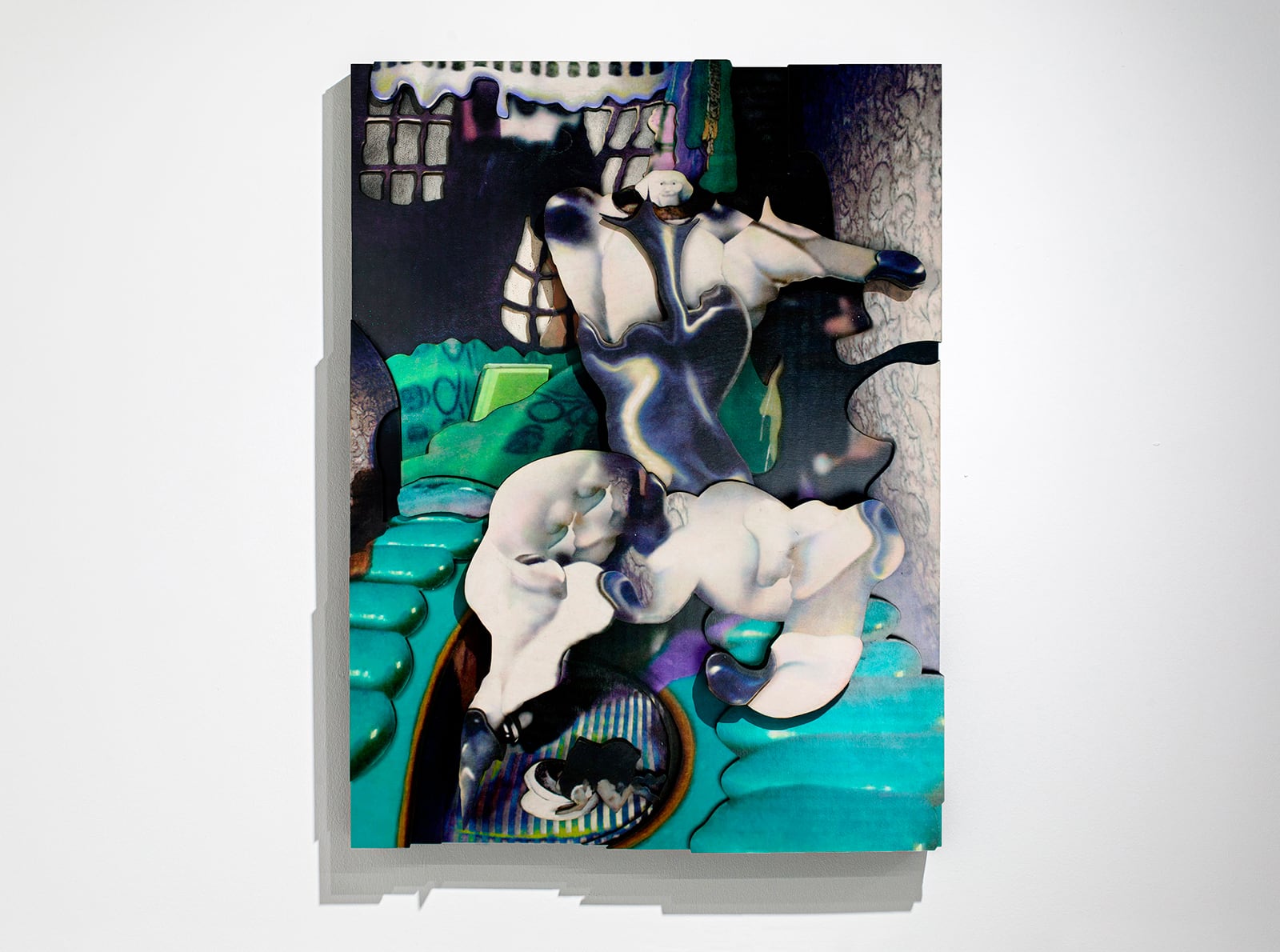 1st performance «Judy's exit»,2021, UV-print, multilayer plywood, relief, 80x60 cm
1st performance «Judy's exit»,2021, UV-print, multilayer plywood, relief, 80x60 cm
.jpg) 2nd performance «thread of sight», 2021, acrylic, UV-print, multilayer plywood, relief, 60x80 cm
2nd performance «thread of sight», 2021, acrylic, UV-print, multilayer plywood, relief, 60x80 cm
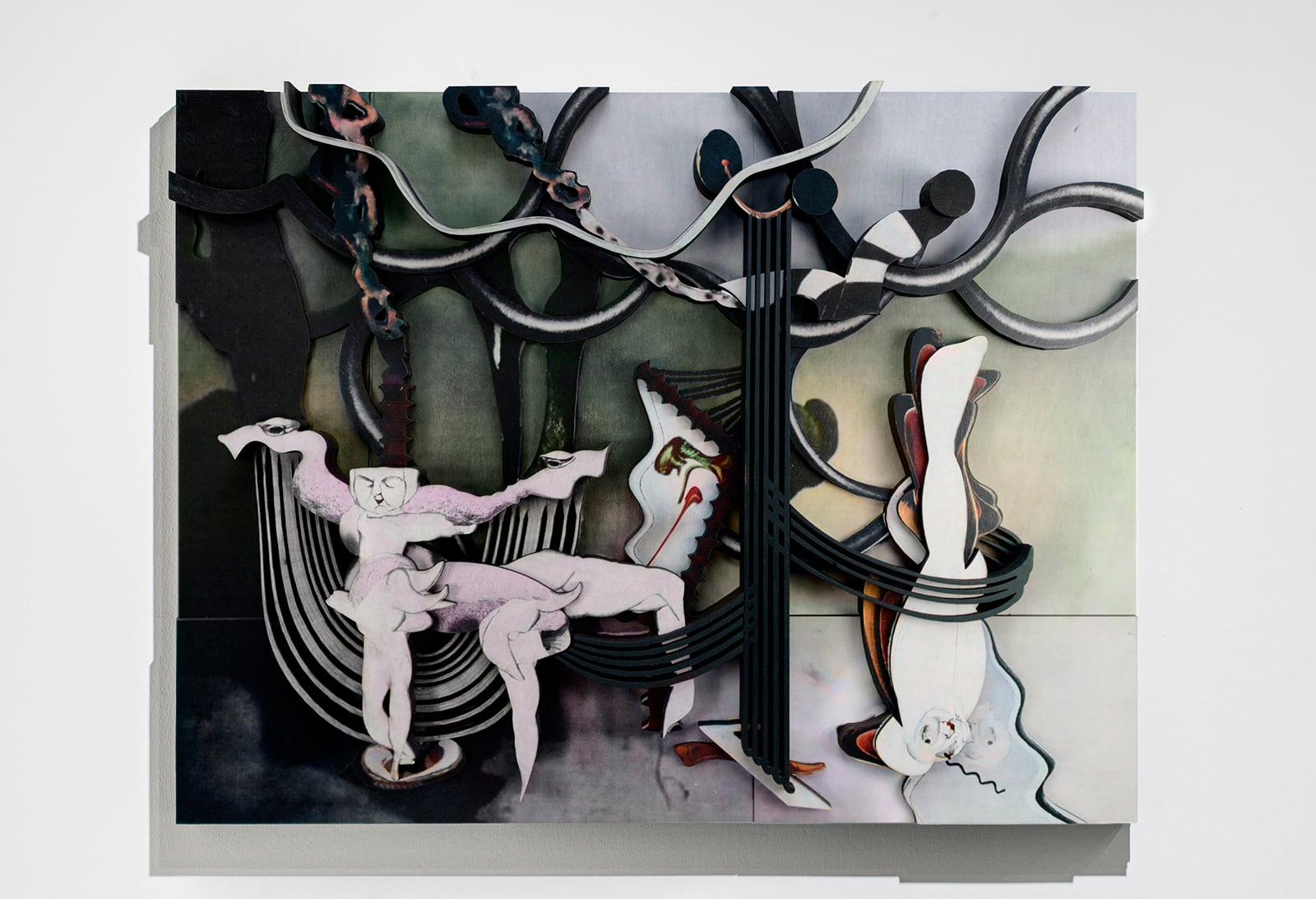 2nd performance «thread of sight», 2021, acrylic, UV-print, multilayer plywood, relief, 60x80 cm
2nd performance «thread of sight», 2021, acrylic, UV-print, multilayer plywood, relief, 60x80 cm
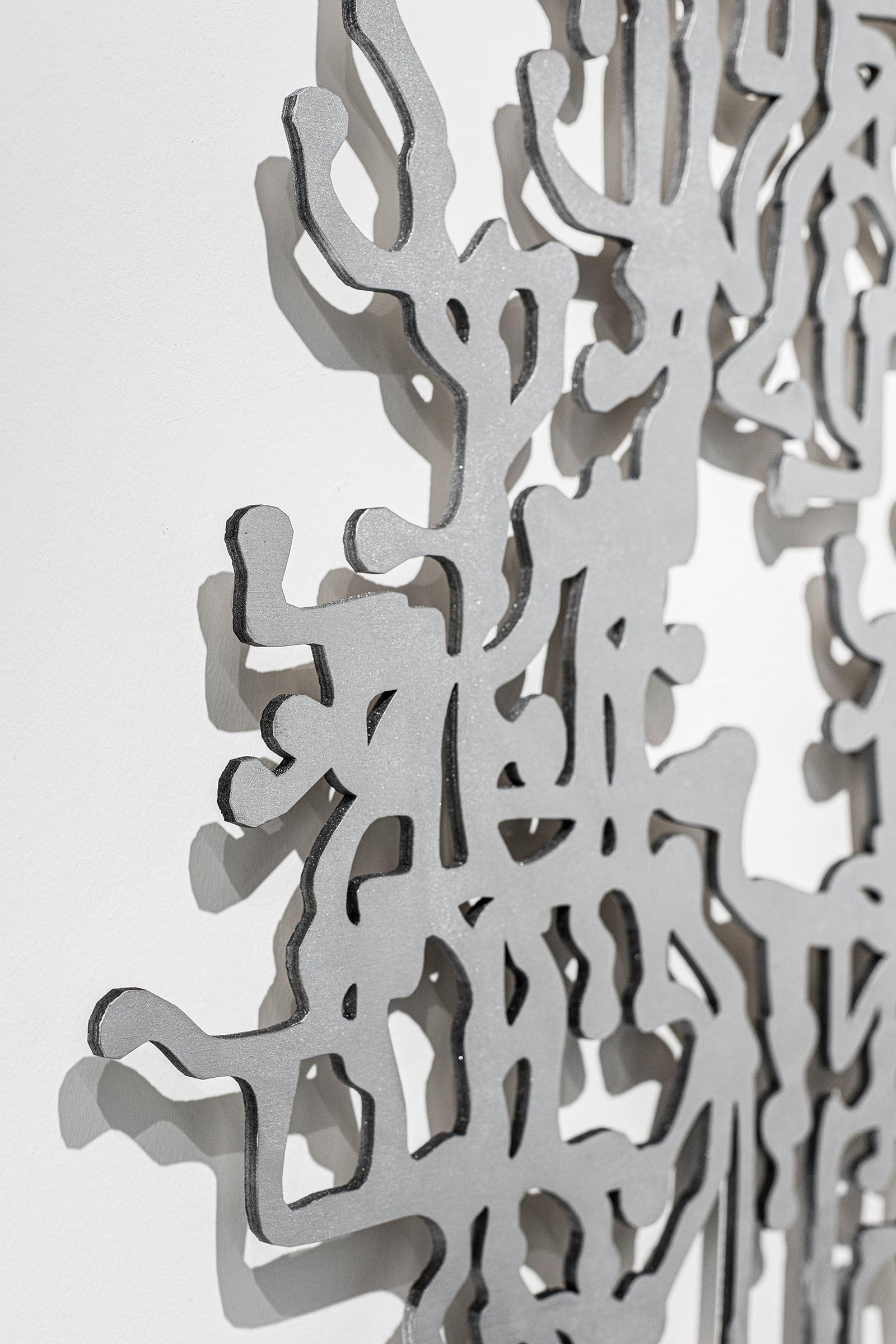 3rd performance «the forest might not let in», 2021, acrylic, through plywood, relief, 108х66 cm
3rd performance «the forest might not let in», 2021, acrylic, through plywood, relief, 108х66 cm
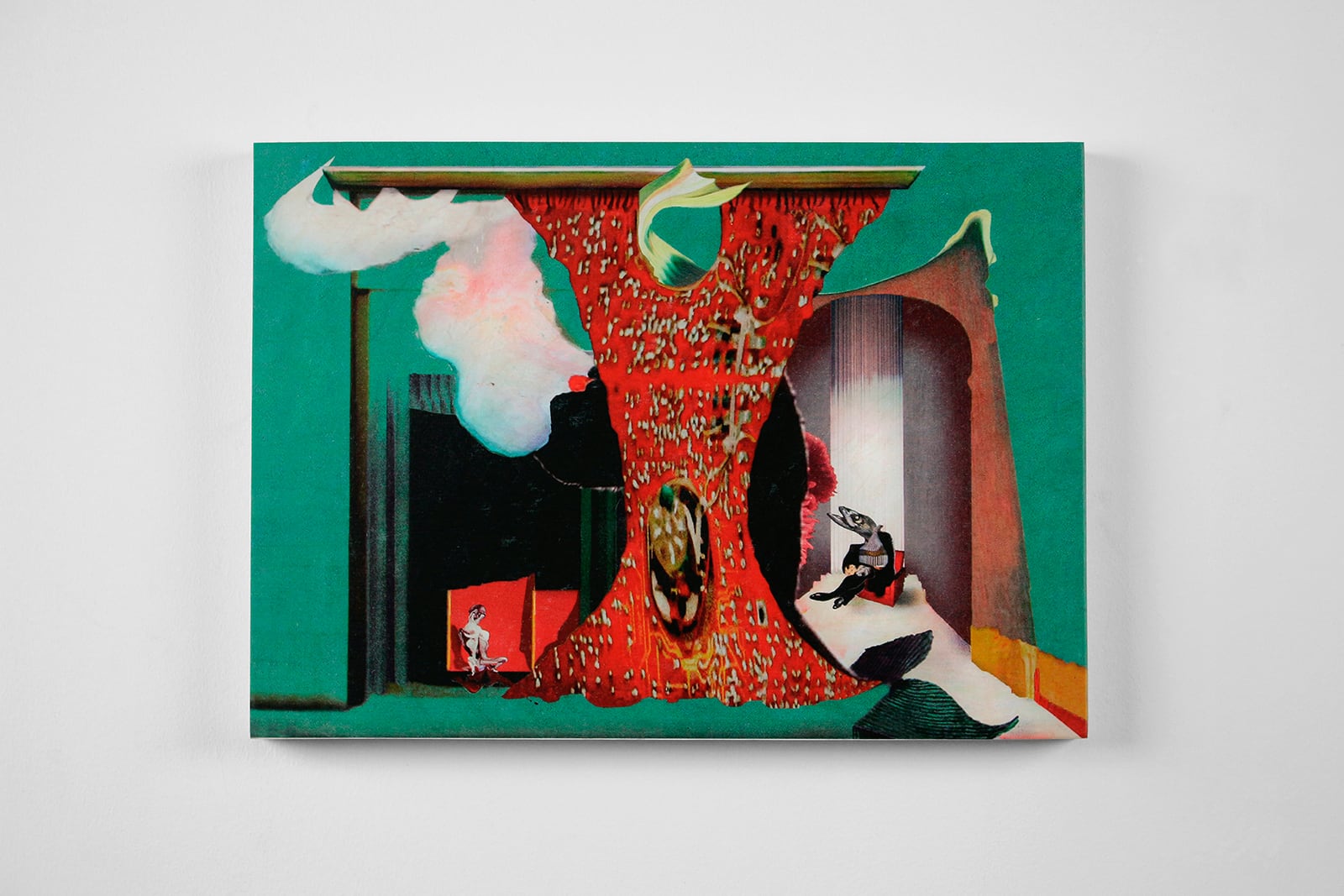 4th performance «cute fish skin», 2020, UV-print, plywood, 33x46 cm
4th performance «cute fish skin», 2020, UV-print, plywood, 33x46 cm
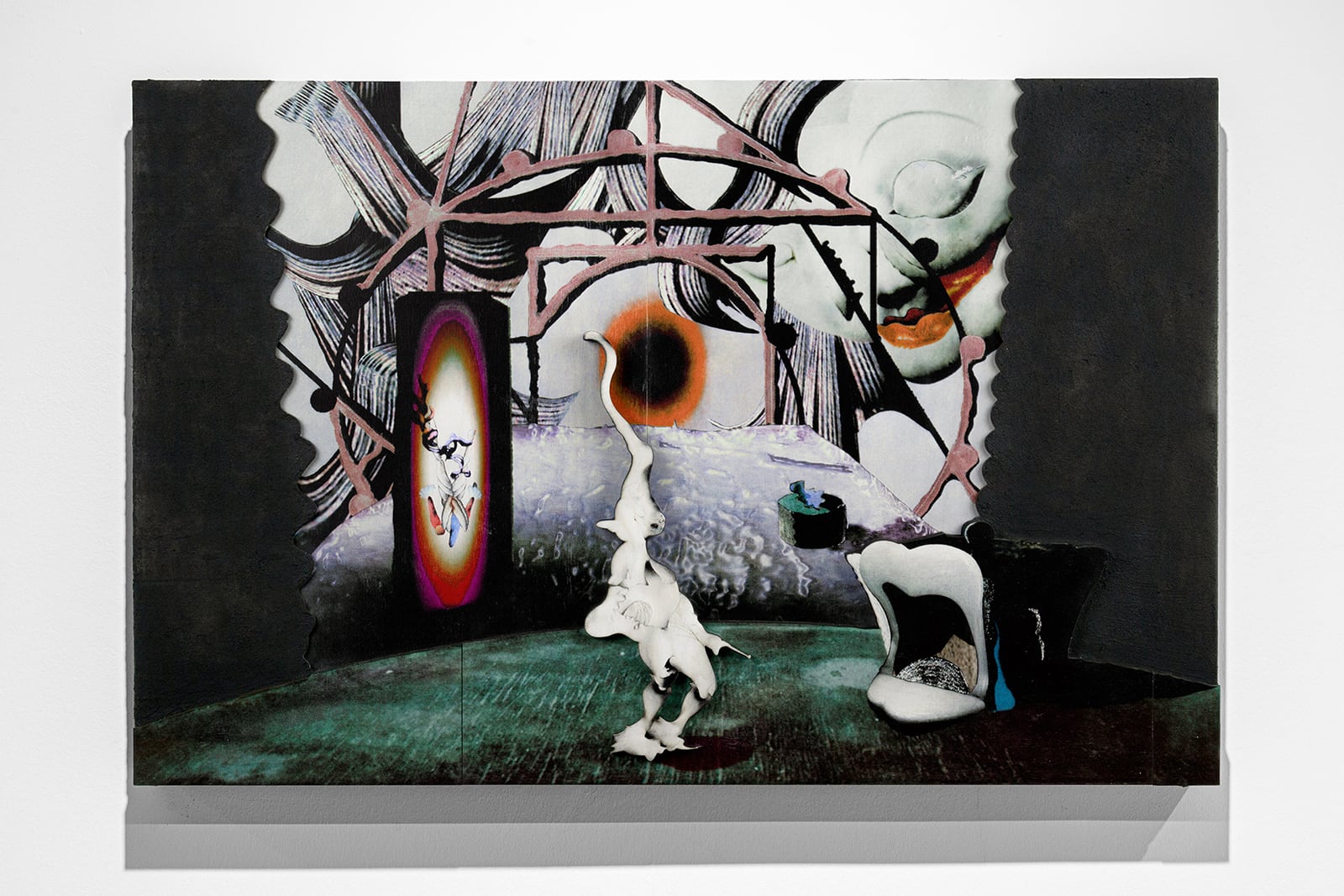 9th performance «greedy seance», 2020, acrylic, UV-print, multilayer plywood, relief, 50x77 cm
9th performance «greedy seance», 2020, acrylic, UV-print, multilayer plywood, relief, 50x77 cm
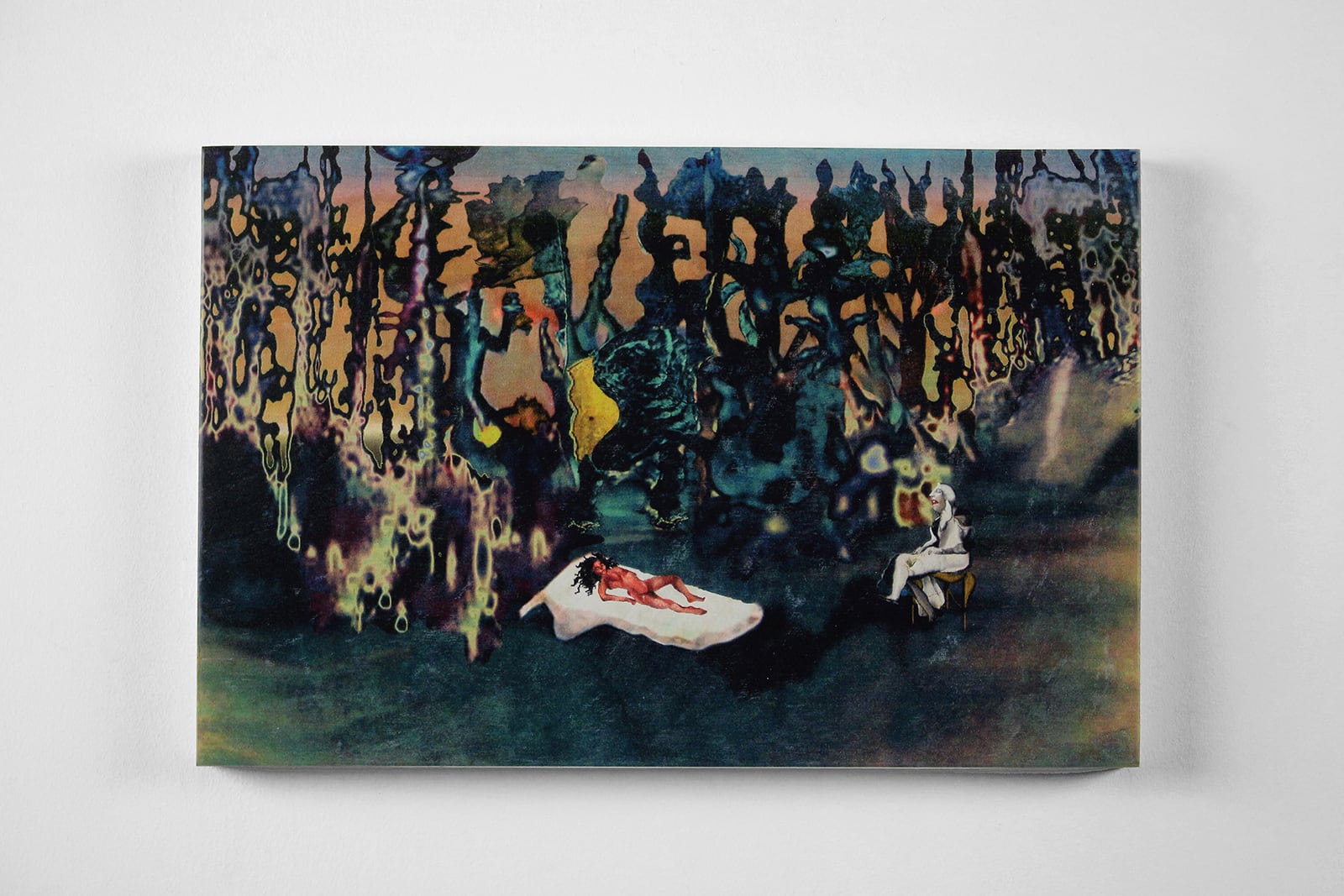 10th performance «plan of kidnapping her», 2020, UV-print, plywood, 33x50 cm
10th performance «plan of kidnapping her», 2020, UV-print, plywood, 33x50 cm
.jpg) 12th performance «surveillance witness», 2021, acrylic, UV-print, multilayer plywood, relief, 33x50 cm
12th performance «surveillance witness», 2021, acrylic, UV-print, multilayer plywood, relief, 33x50 cm
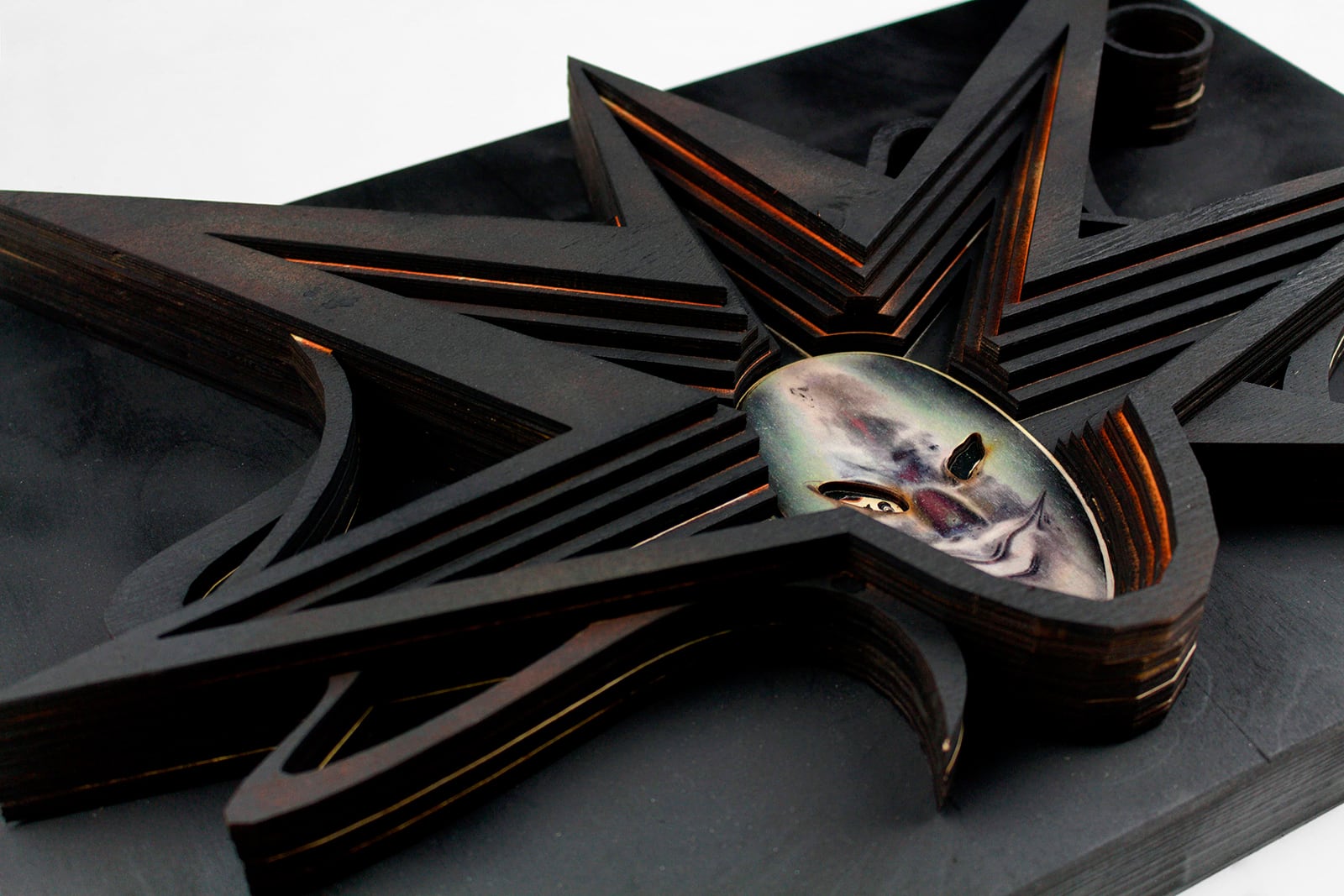 12th performance «surveillance witness», 2021, acrylic, UV-print, multilayer plywood, relief, 33x50 cm
12th performance «surveillance witness», 2021, acrylic, UV-print, multilayer plywood, relief, 33x50 cm
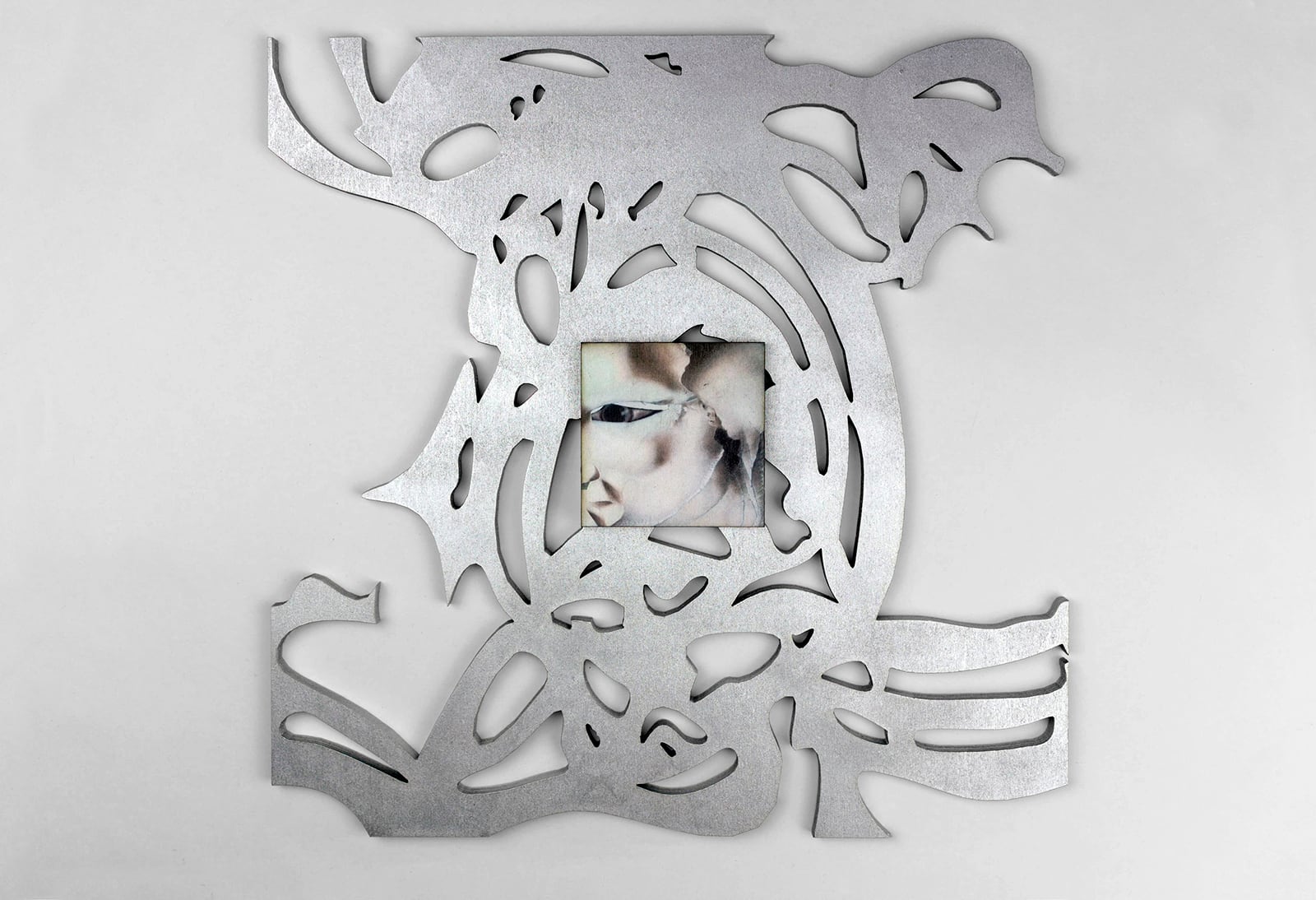 13th performance «gift of subtle sight», 2021, acrylic, UV-print, through plywood relief, 35x35 cm
13th performance «gift of subtle sight», 2021, acrylic, UV-print, through plywood relief, 35x35 cm
.jpg) Installation view
Installation view
.jpg) Installation view
Installation view
.jpg) Installation view
Installation view
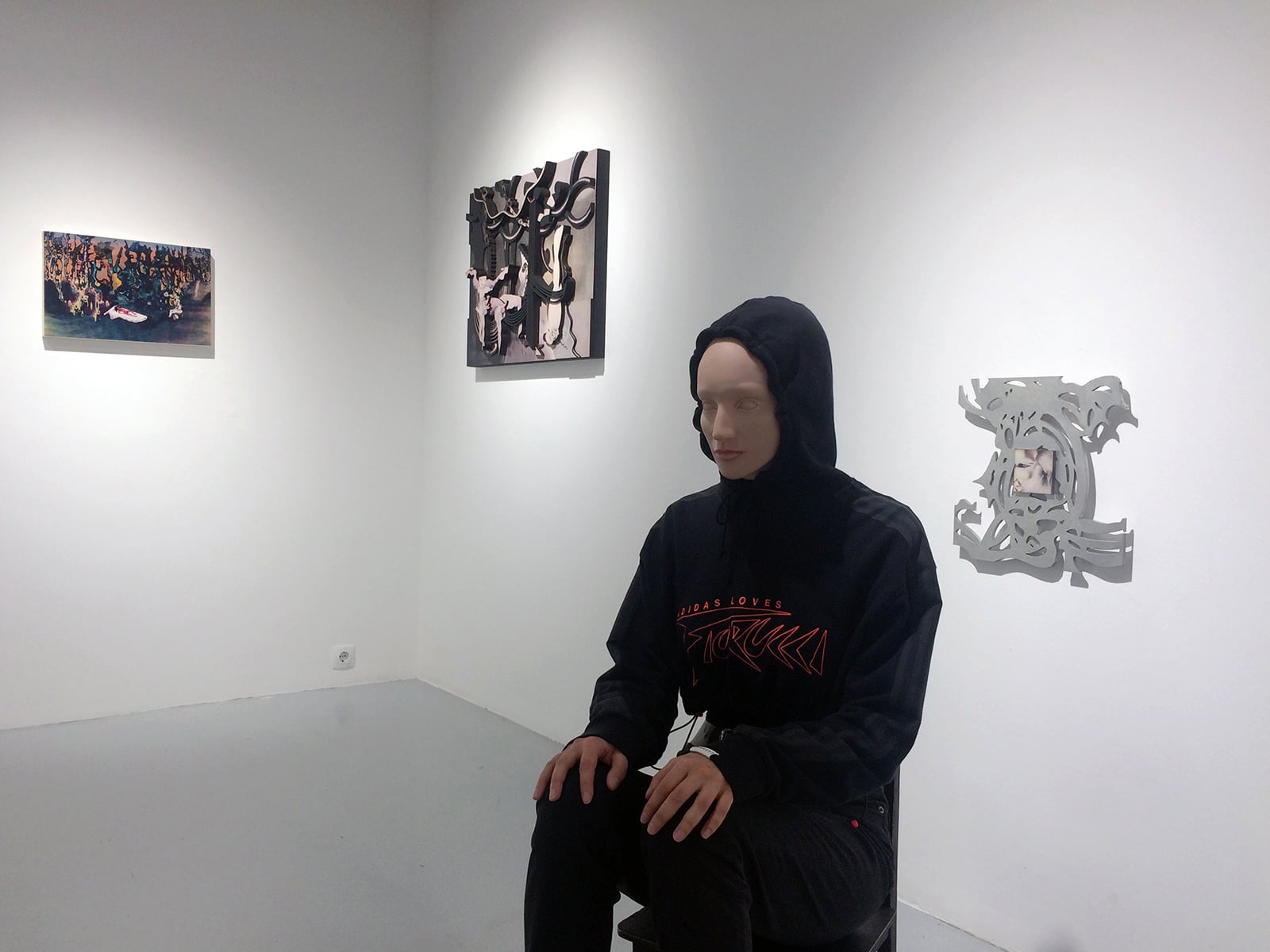 Installation view
Installation view
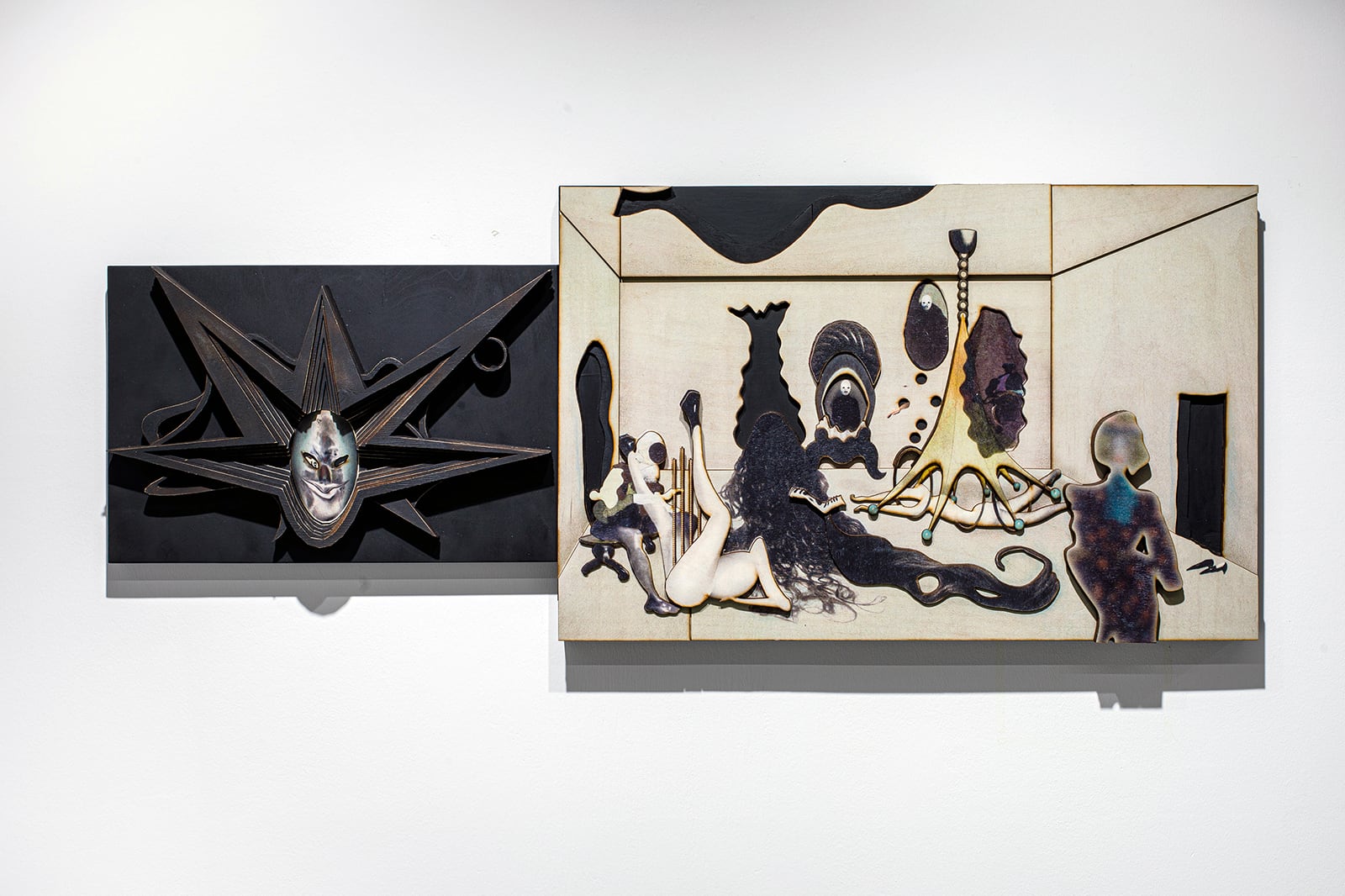 12th performance «surveillance witness», 2021, acrylic, UV-print, multilayer plywood, relief, 33x50 cm / 11th performance «upset piano», 2021, acrylic, UV-print, multilayer plywood, relief, 50x77 cm
12th performance «surveillance witness», 2021, acrylic, UV-print, multilayer plywood, relief, 33x50 cm / 11th performance «upset piano», 2021, acrylic, UV-print, multilayer plywood, relief, 50x77 cm
—
I work with the theme of transformation. By «transformation», I mean switching to a different way of seeing. From project to project I try to formulate different methods of getting an ability to see properly. In the project «Concert in "The seeds" club» transformation is possible through the practice of observing a special context. That context I depicted in my work.
—
The first thing you register when confronted with the seductive impenetrability of Katerina Lukina’s delirious, multilayered tableaux is an impulse to identify, trace, and decode the myriad reference points and visual quotations tucked into the sculptural recesses of her reliefs. The second thing you register is the realization that you never could.
The title of Lukina’s first solo exhibition at the Alisa Gallery is “Concert at the Seeds Club.” Each one of its densely palimpsestic, acrylic-and-UV-print-on-plywood reliefs operates as a separate act of an epic opera. 9th performance: “Greedy séance,” 2020, features a gaping maw that doubles as a hearth, an anthropomorphic puff of smoke, and a moon face straight out of Georges Méliès. 11th performance: “Upset piano,” 2021, collages together images of a naked female body being played like a harp by a figure in a Renaissance costume, a clump of hair that could be Cousin It from the Addams Family, an oversize chandelier–cum–tentacled creature, cameos of ghostly visages, and an errant little pair of pointy-toed shoes.
The best description one could plausibly devise for these works is something like a mad commingling of David Lynch and Francis Bacon by way of Max Ernst. There are unmistakable shades of Dorothea Tanning and Andrei Khrzhanovsky, along with a whole Lacanian spectrum of the subconscious’s other precoded baseline polluters, a reflection of the field of contemplation that is always already loaded with memory and reference. Impenetrability is a featured player in this realm; getting lost amid the strata may very well be the point. No footnotes necessary.
— Valerie Mindlin
Katerina Lukina's works are densely populated with all sorts of imagery. Surrealistic characters, springing from either Dorothea Tanning's canvases or Andrei Khrzhanovsky's animation, pop up in the interiors or against the backdrop of mysterious and macabre landscapes resplendent in their fantasy power. They are scattered amidst abstract lines and spots, bringing to mind their possible prototypes in the avant-garde. The series, however, has nothing to do with the avant-garde – it portrays a concert at the Seeds Club, which is the title of both Lukina's first solo show and the series on display.
Every act of the concert comes across as whole and complete – and yet its meaning escapes the viewer. The artist leaves no hints as to what is going on on stage. Who exactly is Judy from the opening act? Who plays the out-of-tune piano in the Eleventh Act after 'her kidnapping' outlined in the Tenth Act? And who is the mysterious her, in the first place? The Seeds Club first appeared in Lukina's samizdat book Murashevsky House (2019), but the self-reference hardly adds to the comprehension of her new works.
The works from the Concert at the Seeds Club (2020–2021) series comprise multilayered reliefs on plywood or cross-cut reliefs, sometimes with added metal elements. The images, first created in digital format, were embodied using UV printing. The artist put the images together from scratch: Lukina shaped an abstract spot on the white screen, infused it with volume and colour and surrounded it with other images with no predetermined narrative (she never makes sketches of her future works), based purely on inspiration, immediate sensations and mood, which directed her towards different visual solutions.
11th performance «Upset piano» from the series «Concert in the Seeds club»
2021, acrylic, UV print, multilayer plywood relief, 50x77 cm
None of the ideas and images that pop up in our mind's eye starts from scratch; they are built around the perceived reality, language and the established worldview. But Lukina refrains from deliberate citing of the trivialities and hidden gems of the global cultural archive. She elevates the subjective logic of sensations to the status of a method – not illustrating her private thoughts or stories but visualising Deleuze's idea of the artist as the creator of batches of new, not-yet-familiar sensations, which are folded into and which can be unfolded inside the work.
How is one supposed to look at works like these? How is one supposed to unravel these 'tangles of sensations' that, while having the appearance of being self-sufficient, complete, entitled acts, become phantoms of assumed meanings? And the specific details of each work, including the tags, only emphasise its permanent vanishing act. Perhaps the entire point is in the assembly and adhesive joints of the works, in the way the relief parts are attached to the plywood board and the image is fitted across several wooden surfaces etched with UV light, in the way the Concert acts are interspersed with these barely visible joints, like punctuation marks that give meaning to what has been said.
As the artist builds up her works from randomly selected fragments, they can be viewed in the same manner – by picking out minute details from the whole and 'unfolding' the image in any which way, by focusing on specific details or trying to grasp every act or the entire Concert as a whole. In his article on the politics of installation, Boris Groys defined art as 'a way of making hidden reality visible'. While Concert at the Seeds Club does not expose the hidden reality to the viewer, it indicates the very possibility of its existence without revealing its actual appearance, leaving a gap for what remains unsaid, does not manifest in speech and does not rise to the surface. It remains, in line with Groys's logic, 'a space of openness, disclosure, unconcealment' as opposed to the logic of exclusion that lurks behind the veneer of imaginary completeness and transparency of the current order of things.
—Valery Ledenyov